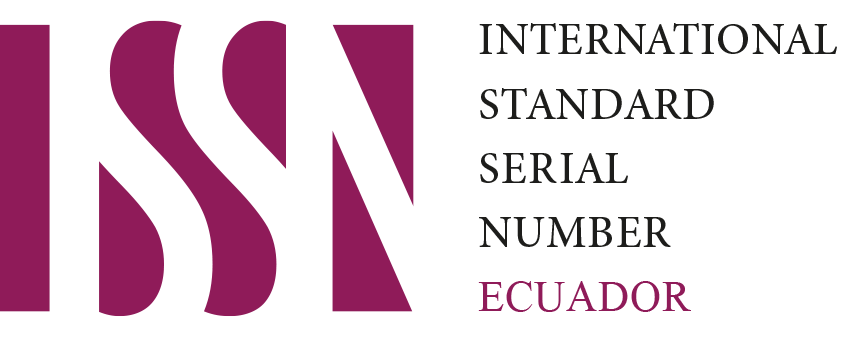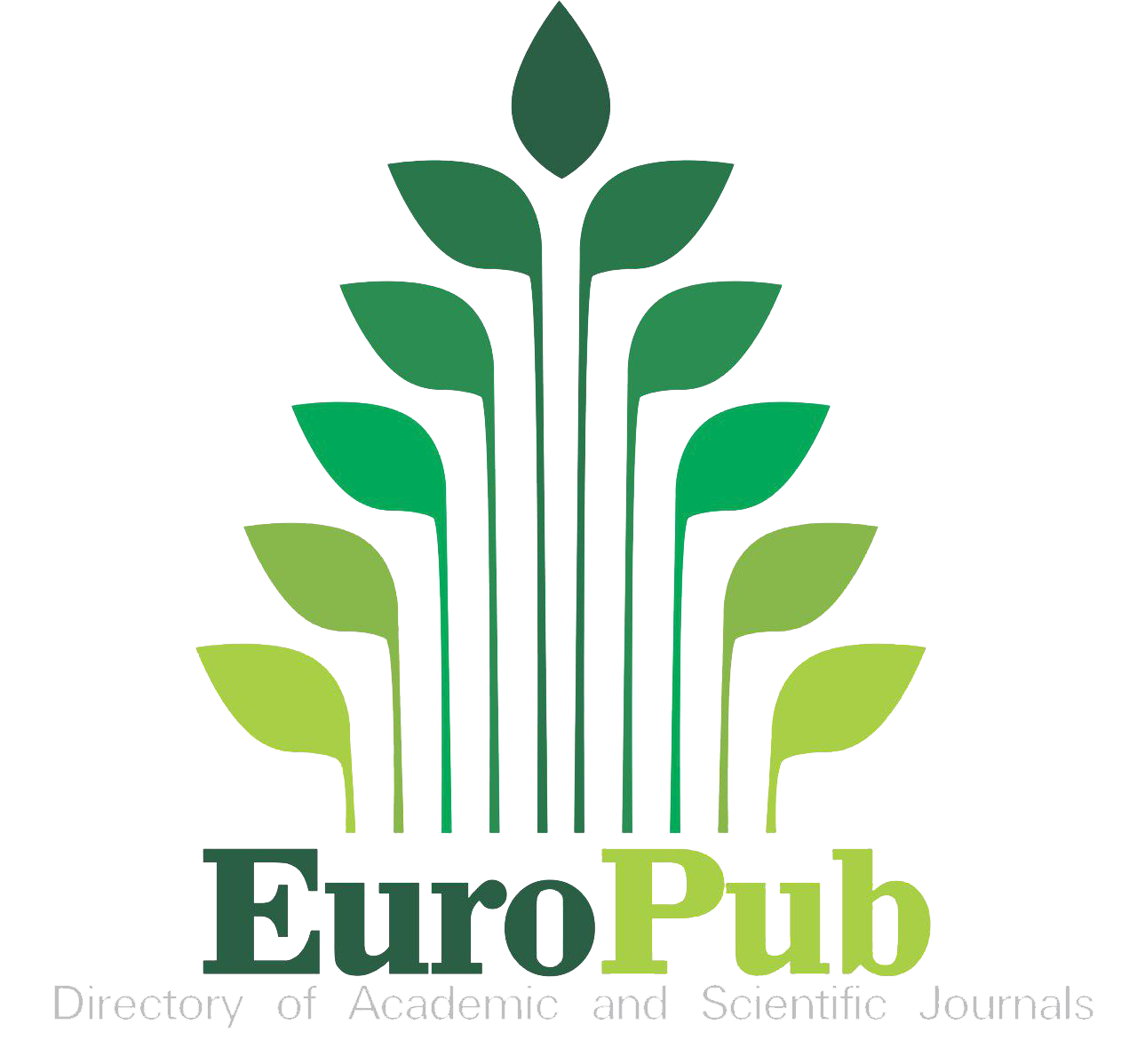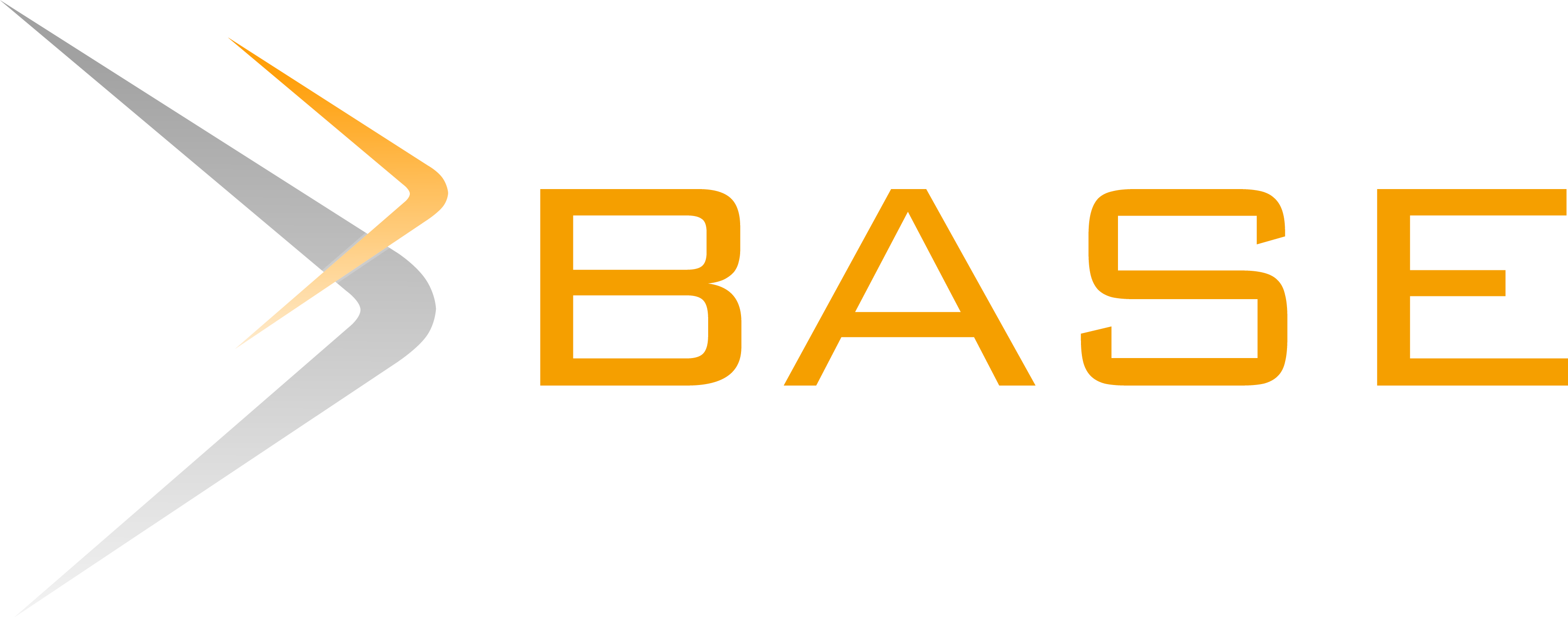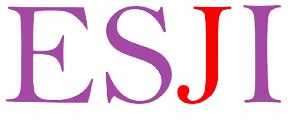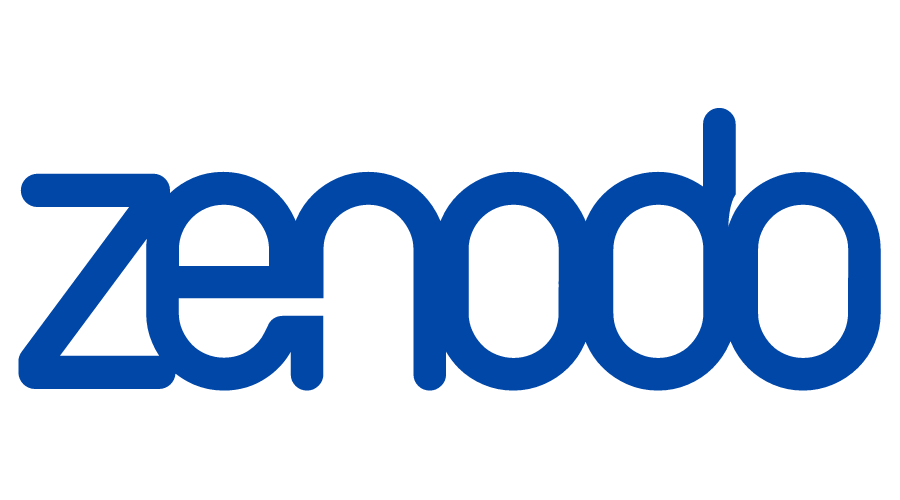Submissions
Author Guidelines
Introduction
The Journal of Management and Human Resource is an electronic publication aimed at professionals in the fields of administrative sciences and human talent management. The journal accepts editorials, letters to the editor, research essays, reflection articles, research articles, case studies, professional practice reports, and reviews in both English and Spanish, provided they have been approved by the editorial board and are not under consideration by other scientific journals. Peer review is conducted through a double-blind process and adheres to international standards. Manuscript submission and management are facilitated through the Open Journal System platform. After review, authors are granted a period of up to 30 days to make necessary revisions; failure to submit corrections within this timeframe may result in the manuscript being withdrawn from consideration for publication.
Authors are invited to submit their work to this journal. All submissions will be evaluated by an editor to determine whether they meet the objectives and scope of the journal. Those deemed appropriate will undergo peer review before a decision is made regarding acceptance or rejection.
Before submitting, authors are responsible for securing permission to publish any included material, such as photos, documents, and data sets. All authors identified in the submission must consent to being listed as contributors. Where applicable, research must be approved by an appropriate ethics committee according to the legal requirements of the country where the study was conducted.
An editor may reject a submission if it does not meet minimum quality standards. Before submission, authors should ensure that the study design and research argument are properly structured and articulated. The title should be concise, and the abstract should be self-contained. Meeting these standards will increase the likelihood that reviewers will accept the article for review. Once confident that the submission meets these standards, authors should proceed to the checklist below to prepare their submission.
Ethics in research and publication
The Journal of Management and Human Resource follows international scientific publication ethics policies. Authors must disclose any conflicts of interest related to their research. The Editorial Committee trusts that authors and their institutions will adhere to these standards to ensure scientific integrity and ethical principles in publications.
The journal adheres to the guidelines of the Committee on Publication Ethics (COPE) and the International Council for Science (ICSU), following transparency standards of the Directory of Open Access Journals (DOAJ) and other relevant organizations. Additionally, it respects regulations from the Ecuadorian Ministry of Public Health regarding research on human subjects, requiring ethical committee approvals and duly documented informed consent.
The use of artificial intelligence (AI) in manuscripts must be declared, with emphasis that these tools should not replace the authors' role in knowledge creation. The journal prohibits the use of AI for image manipulation unless it is part of the research design and the methods are detailed.
Publication agreement
Authors are required to disclose any financial or personal relationships that could influence their work. Examples of conflicts of interest include employment, consultancies, stock ownership, fees, paid testimonials, patent applications, and grants. If there are no conflicts, authors should explicitly state: "The authors declare no conflicts of interest."
By submitting an article, authors certify that the work has not been previously published (except as an abstract, in conference proceedings, or as part of a thesis) and is not under consideration elsewhere. Approval from all authors and relevant authorities regarding the research is also required. To ensure originality, the article will be evaluated using a plagiarism detection service.
Inclusive language
Inclusive language is essential, recognizing diversity, respecting all people, and promoting equal opportunities. When drafting articles, authors should avoid assumptions about readers' beliefs or include content suggesting superiority based on race, gender, or culture. Inclusive language should be used consistently, while respecting grammatical norms and the stylistic standards of scientific writing.
Authorship
Up to six authors are permitted per study, with authorship attributed to those who contributed significantly to the design, execution, or interpretation of the work, following the criteria of the International Committee of Medical Journal Editors (ICMJE). All authors must agree to the manuscript submission and their inclusion in the list of authors. Submission implies all authors' consent to authorship and publication. Significant contributions not qualifying for authorship should be acknowledged. The order of authors should reflect their contribution and be agreed upon before submission. All authors should review and approve the final manuscript, assuming collective responsibility for its integrity and accuracy. Any changes to the author list after manuscript acceptance require written consent from all authors. The corresponding author is responsible for communication with the journal and updating the other authors.
Submission
The journal has an online submission system that requires authors to register or log in if they already have an account. The submission process consists of five steps, and all correspondence, including editorial decisions and revision requests, will be conducted through the journal's OJS platform.
Authors must submit five documents in separate files: a cover letter, a title page with manuscript title and author information, authors' contributions according to the CRediT system, an anonymized manuscript (without author or affiliation information), and a signed publication agreement and copyright license by the corresponding author. Required templates are available on the journal website, and incomplete submissions will not be considered. The corresponding author must ensure that each author has read and approved the manuscript before submission. Authors also agree that accepted manuscripts will be edited for syntax and grammar to align with the journal’s style, following the author guidelines.
Supplementary material
Supplementary material, such as images, sound clips, and videos, may be included with the article to enhance its presentation. This material will be published as received, maintaining its original format (e.g., Excel or PowerPoint files). To submit it, authors should email it to the journal with a concise, descriptive title for each file. If changes are needed at any stage, an updated version of the supplementary files must be submitted.
General editorial guidelines
Manuscripts should be submitted in Word format, using Times New Roman font, size 12, with 1.5 line spacing on A4 paper. The maximum length is up to 5,000 words for original articles, including tables and figures, while review articles may extend to 6,000 words. It is mandatory to use the template available on the journal’s website to prepare the blinded manuscript. It is recommended to consult the latest published issue for additional guidance.
Abbreviations and symbols
Only standard abbreviations should be used following the guidelines of the Scientific Style and Format (The CBE Style Manual for Authors, Editors, and Publishers, 6th ed., Council of Biology, Chicago, IL 1994). Abbreviations should be avoided in the title and main headings. The full term corresponding to an abbreviation must be introduced before its first use in the text.
Units
It is necessary to follow internationally recognized standards and conventions under the International System of Units (SI). If other units are referenced, their equivalent in SI should be provided.
Article structure
Manuscript submissions should follow the structure recommended by APA guidelines, including the following elements:
- Title: It should be clear and descriptive, provided in both Spanish and English, with a maximum of 20 words. Unnecessary abbreviations and formulas should be avoided.
- Authors and affiliations: Include the full names of authors without academic titles, followed by their affiliation addresses. Provide each author’s email address and ORCID ID, along with a complete mailing address. Up to six authors are accepted; if there are more, justification for each contribution is required.
- Corresponding author: Indicated with an asterisk, acting as the main contact for the journal.
- Abstract: Provide an unstructured abstract in both Spanish and English, not exceeding 200 words, addressing the study’s purpose, methodology, results, and conclusions. Avoid references and uncommon abbreviations.
- Keywords: Include three to six keywords, avoiding non-standard abbreviations, which will be used for article indexing.
- Introduction: Clearly outline the background, basis, purpose of the study, objectives, and issues addressed, using bibliographic citations, as well as the most significant literature review on the subject, both nationally and internationally.
- Methodology: Present with sufficient clarity and detail so that another researcher can replicate the study. Describe the sample and sampling strategies, and refer to the type of statistical analysis employed.
- Results: Data should be presented clearly and succinctly. There should be no redundancy between the text, tables, and figures. The analysis should be consistent with the data type, which must be well-executed and interpreted.
- Discussion: The results should be placed within the research framework presented in the introduction. Literature should be appropriately managed with adequate and sufficient citations.
If the authors deem it necessary, they may present and discuss the results in an integrated section titled “Results and Discussion.”
- Conclusions: Should be written clearly, relating to the objectives, interpretation, and discussion of the results.
- Acknowledgments: Authors may recognize individuals, institutions, and organizations that contributed to the research. This acknowledgment is included in a separate section at the end of the manuscript, just before the references.
- References: References should follow the guidelines of the Publication Manual of the American Psychological Association (APA), seventh edition (2020), updating as per new formats and media, encompassing both printed documents and digital resources.
Complete information about each cited source should be provided, including the author, publication year, title, journal or book title, volume number, and page numbers. References should be organized alphabetically by the first author’s last name. In-text citations may be included as follows:
- “According to Casariego et al. (2024), chitosan coatings reduced weight loss in tomatoes and delayed their ripening.”
- “Chitosan coatings reduced weight loss in tomatoes and delayed ripening (Casariego et al., 2024).”
It is the author’s responsibility to ensure that all references mentioned in the text are present in the reference list and vice versa. Unpublished results or personal communications cannot be referenced.
Author Contribution - CRediT (Contributor Roles Taxonomy)
To promote transparency, the journal requires authors to submit a statement detailing individual contributions for each author, regardless of the number of contributors. CRediT (Contributor Roles Taxonomy) is a classification of author roles that many scientific publishers are implementing to manage academic publishing. Only those authors who have made significant and primary contributions, such as conceptualization, data curation, formal analysis, funding acquisition, investigation, methodology, project management, resources, software development, supervision, validation, visualization, initial drafting, and review and editing, should be included.
The corresponding author is responsible for verifying the accuracy of contributions and ensuring they match the indicated number of authors. The Editorial Committee reserves the right to evaluate authorship based on research characteristics, and in case of discrepancies, will inform authors during the review process. Contribution identification will apply to all article types.
Figures
Ensure uniformity in fonts and sizes when creating illustrations. Include the fonts used when the application permits. Use fonts such as Arial, Courier, Times New Roman, Symbol, or similar. Number the figures in the order they appear in the text. Adjust illustrations to the required dimensions for the published version. Ensure that color images are accessible for visually impaired individuals.
Tables
Number tables sequentially with Arabic numerals and a descriptive heading. Avoid vertical lines and minimize horizontal ones. Include a description that allows for an independent understanding of the table. Provide explanations for abbreviations, values, and statistics used in data analysis, with appropriate references.
Bibliographic references
Use up-to-date and high-quality references, particularly those published within the last five years from reputable national and international scientific journals, preferably indexed in recognized databases. Avoid citing one’s own work. If information not part of one’s own experiment and not considered “common knowledge” is included, it must be attributed via citation. It is suggested that original articles contain between 15 and 30 references, and review articles between 25 and 50. At least 50% of references should be primary and recent publications (from the last five years).
General format
Use an alphabetical reference list at the end of the article. Arrange references by the first author’s last name.
Online links to references
Including online links to references enhances research dissemination and the quality of the peer-review system. To facilitate linking to indexing services like Scopus, CrossRef, and PubMed, it is crucial that reference list data are accurate. Errors in authors’ last names, publication titles, publication years, and pagination can hinder link creation. Using a Digital Object Identifier (DOI) is recommended, which allows citing and linking articles even before complete bibliographic information is available (in press). This identifier is constant and serves as a permanent link to an electronic article. DOI citations should follow the same style and format established for the rest of the references.
It is essential to emphasize that the data and opinions expressed in articles are the sole responsibility of the authors.
Submission Preparation Checklist
All submissions must meet the following requirements.
- This submission meets the requirements outlined in the Author Guidelines.
- This submission has not been previously published, nor is it before another journal for consideration.
- All references have been checked for accuracy and completeness.
- All tables and figures have been numbered and labeled.
- Permission has been obtained to publish all photos, datasets and other material provided with this submission.
- Cover letter in PDF format, signed by the author for correspondence. You can choose to add an electronic signature or a scanned handwritten signature to the document.
- Title page of the manuscript in Microsoft Word format according to the journal's Author Guidelines.
- Authors' contribution in Microsoft Word format, according to the template available on the journal's website.
- Anonymized manuscript in Microsoft Word format, according to the template available on the journal's website.
- Publication agreement in PDF format and signed by all authors, according to the template available on the journal's website. An electronic or handwritten signature may be used to sign the document.
- For research involving human participation, it is mandatory to obtain authorization from the relevant ethics committee. In Ecuador, approval from a Human Research Ethics Committee (CEISH) is required to ensure the proper protection of the subjects involved in the research.
Artículos
Política de sección por defectoPrivacy Statement
The names and email addresses entered in this journal site will be used exclusively for the stated purposes of this journal and will not be made available for any other purpose or to any other party.







